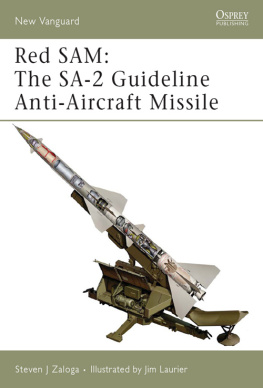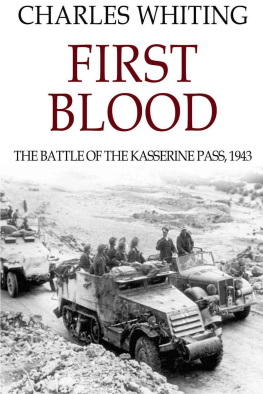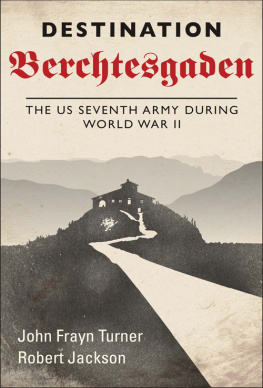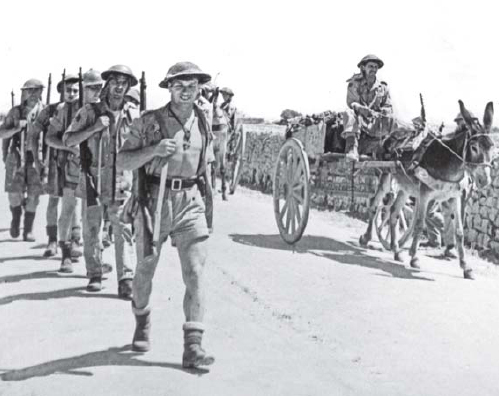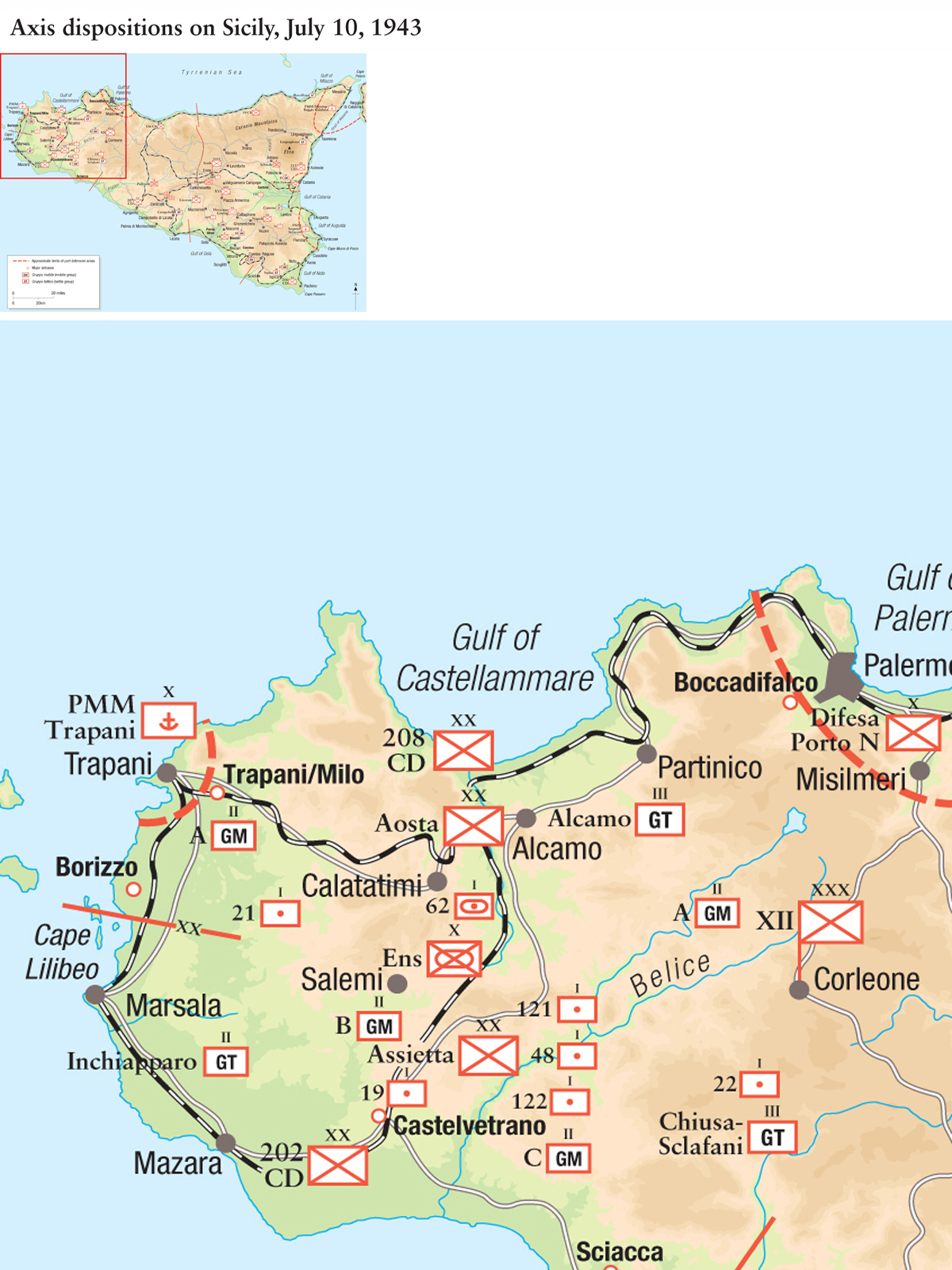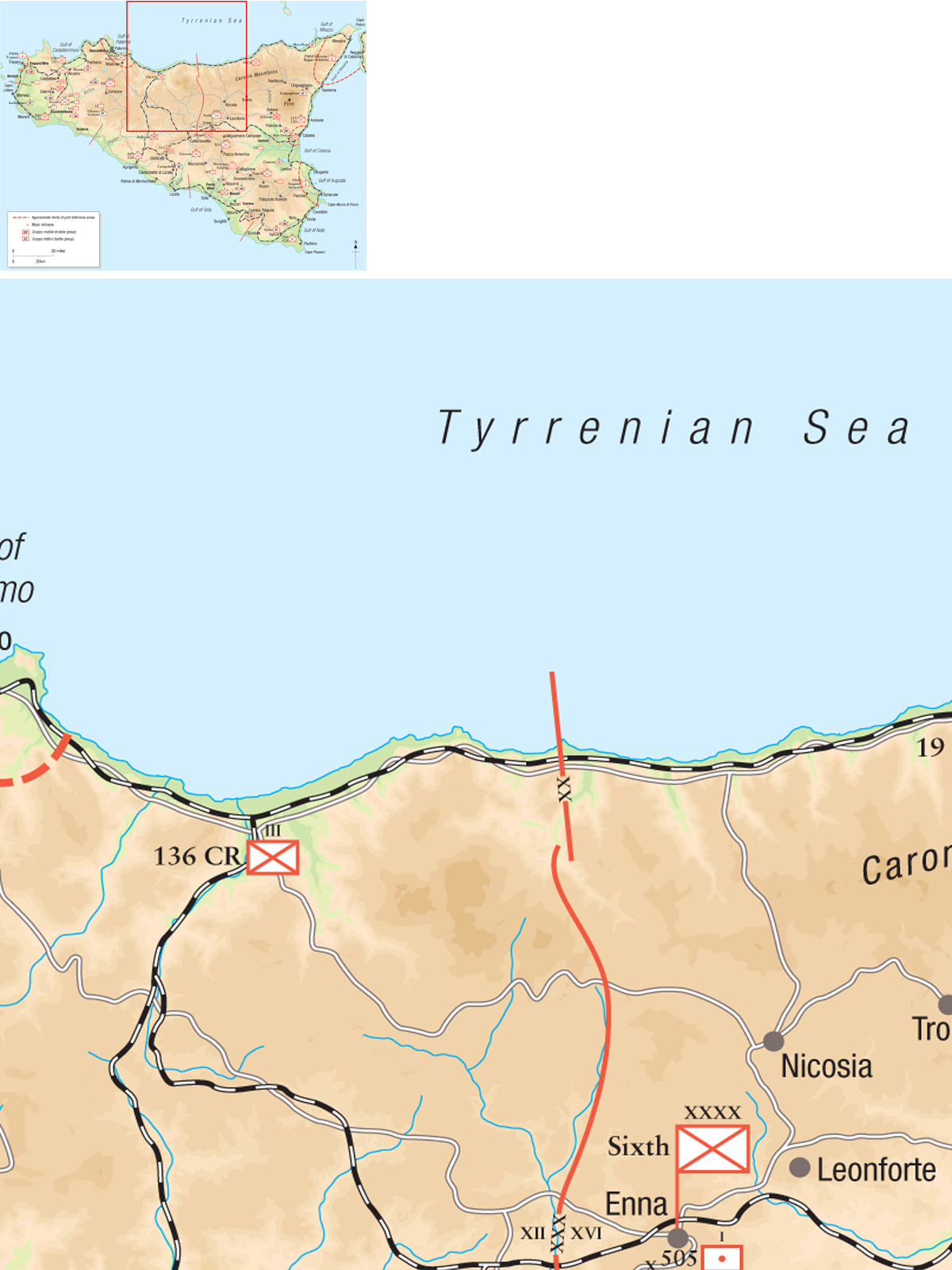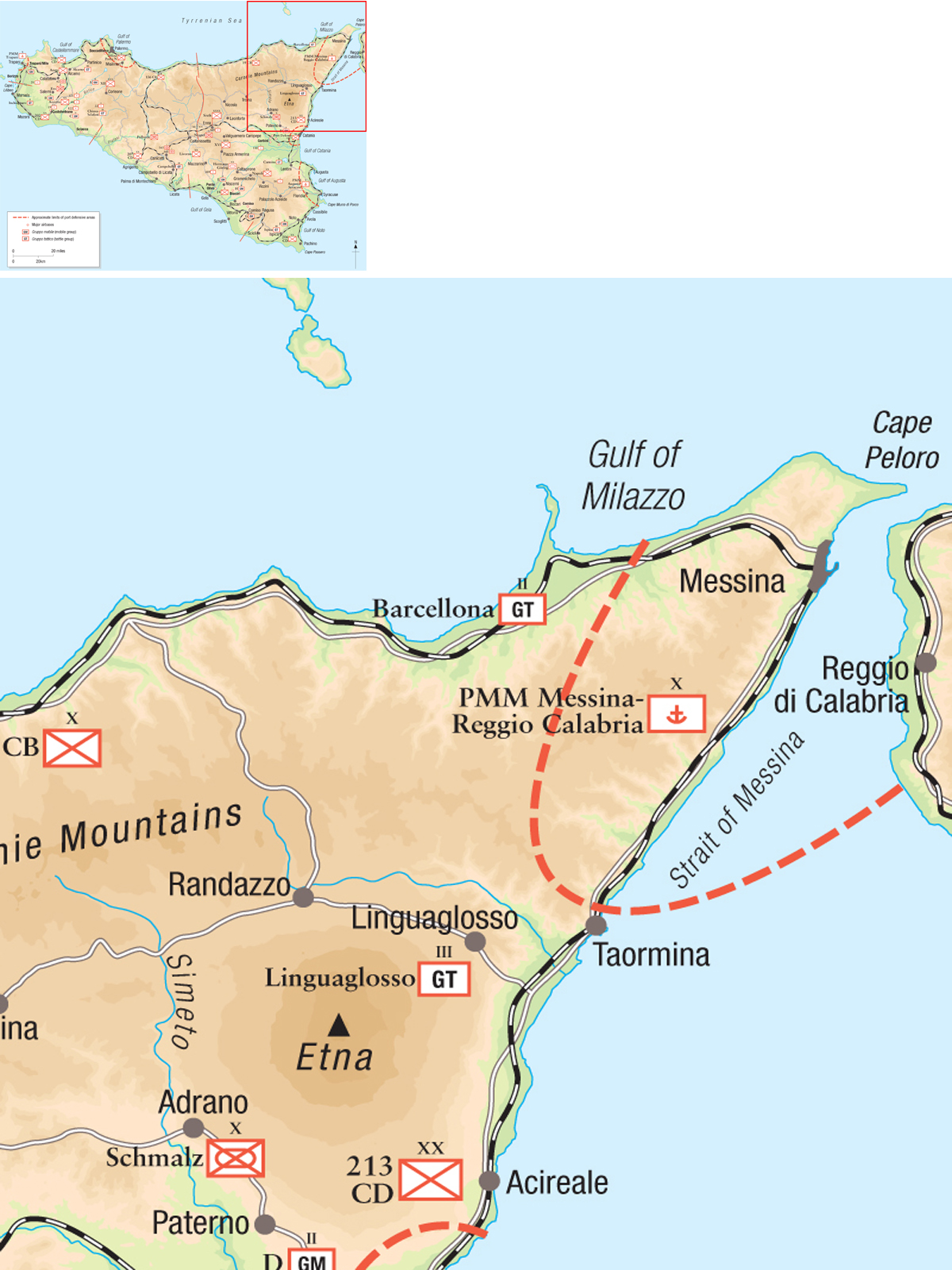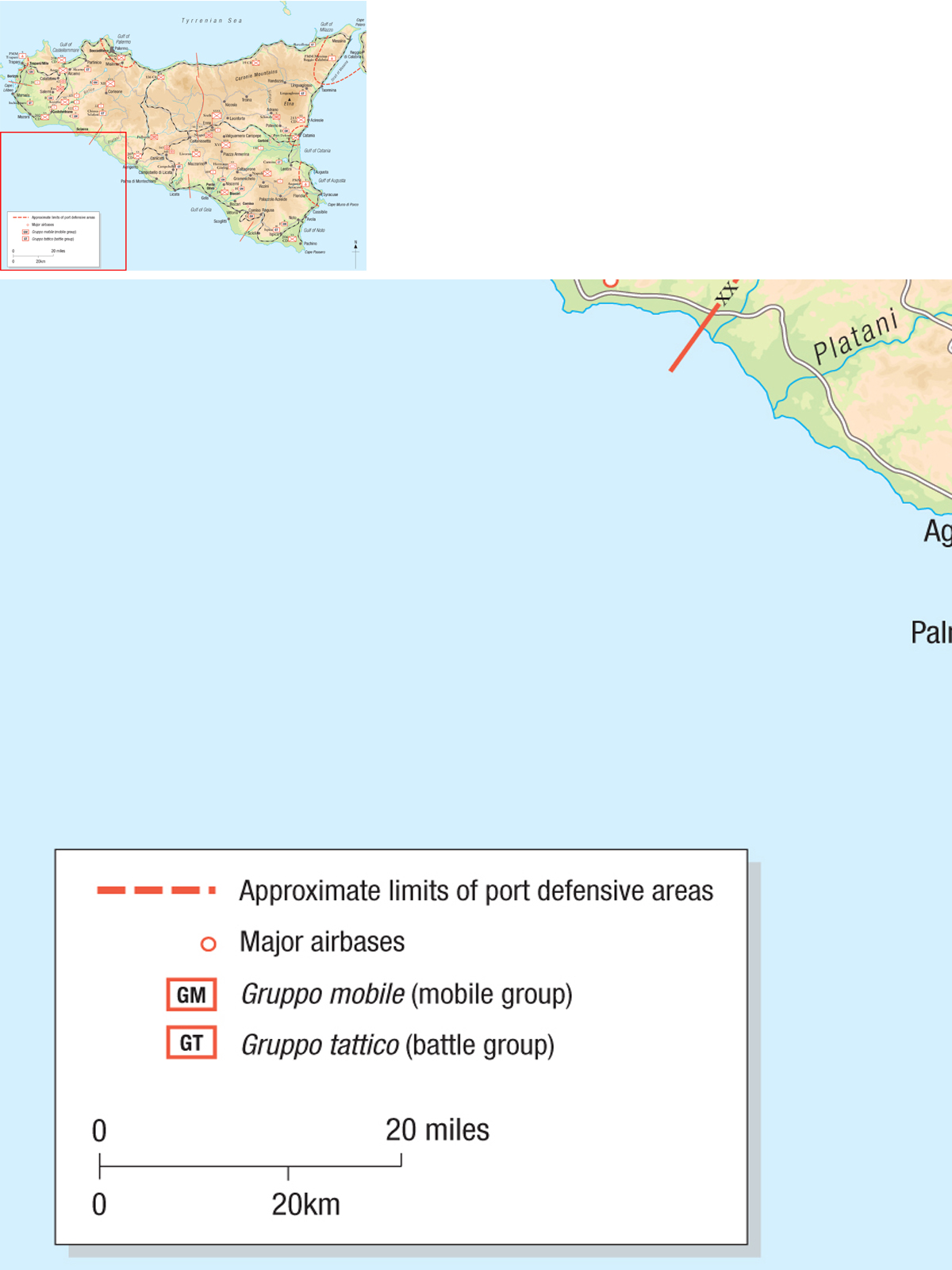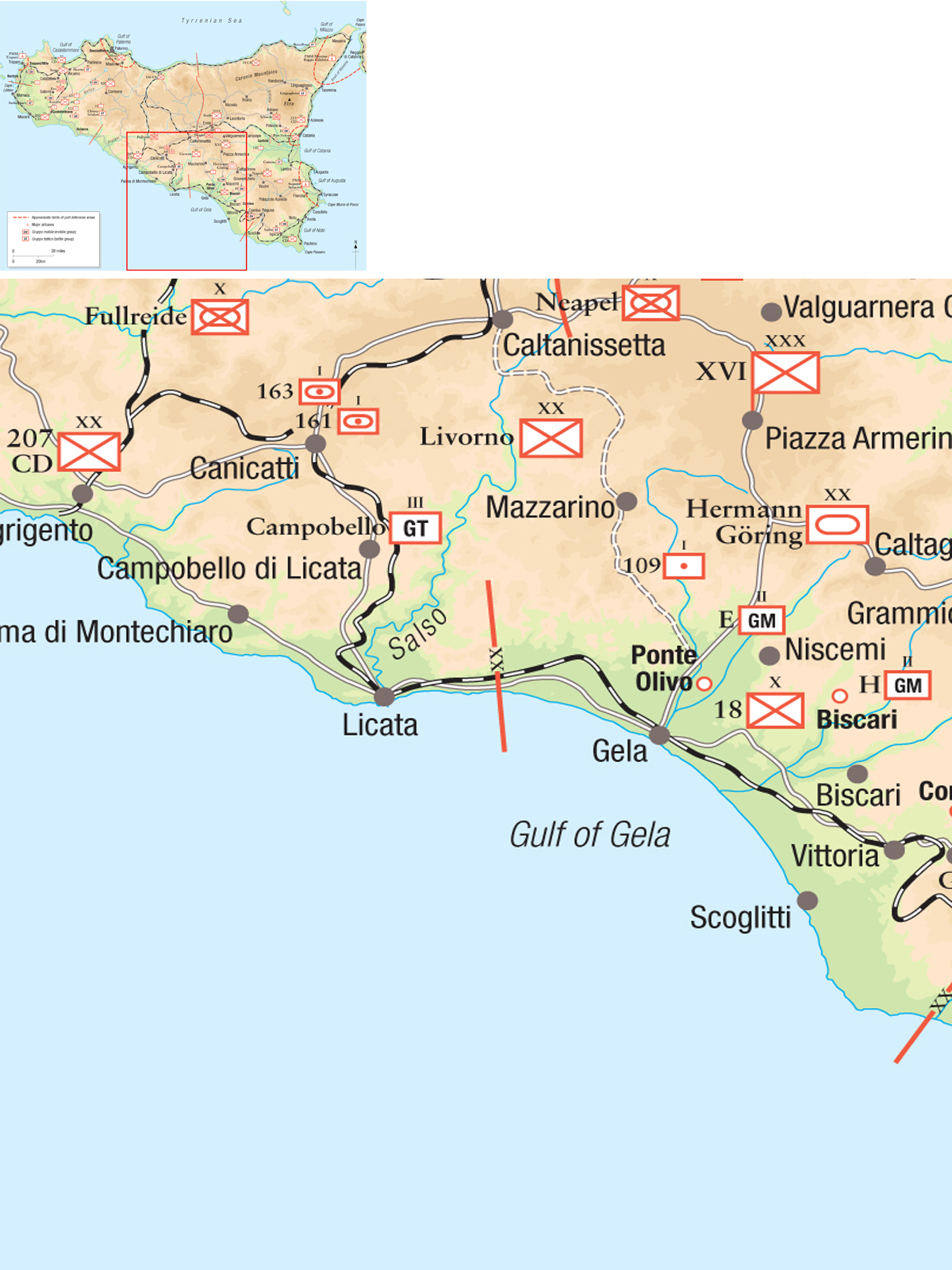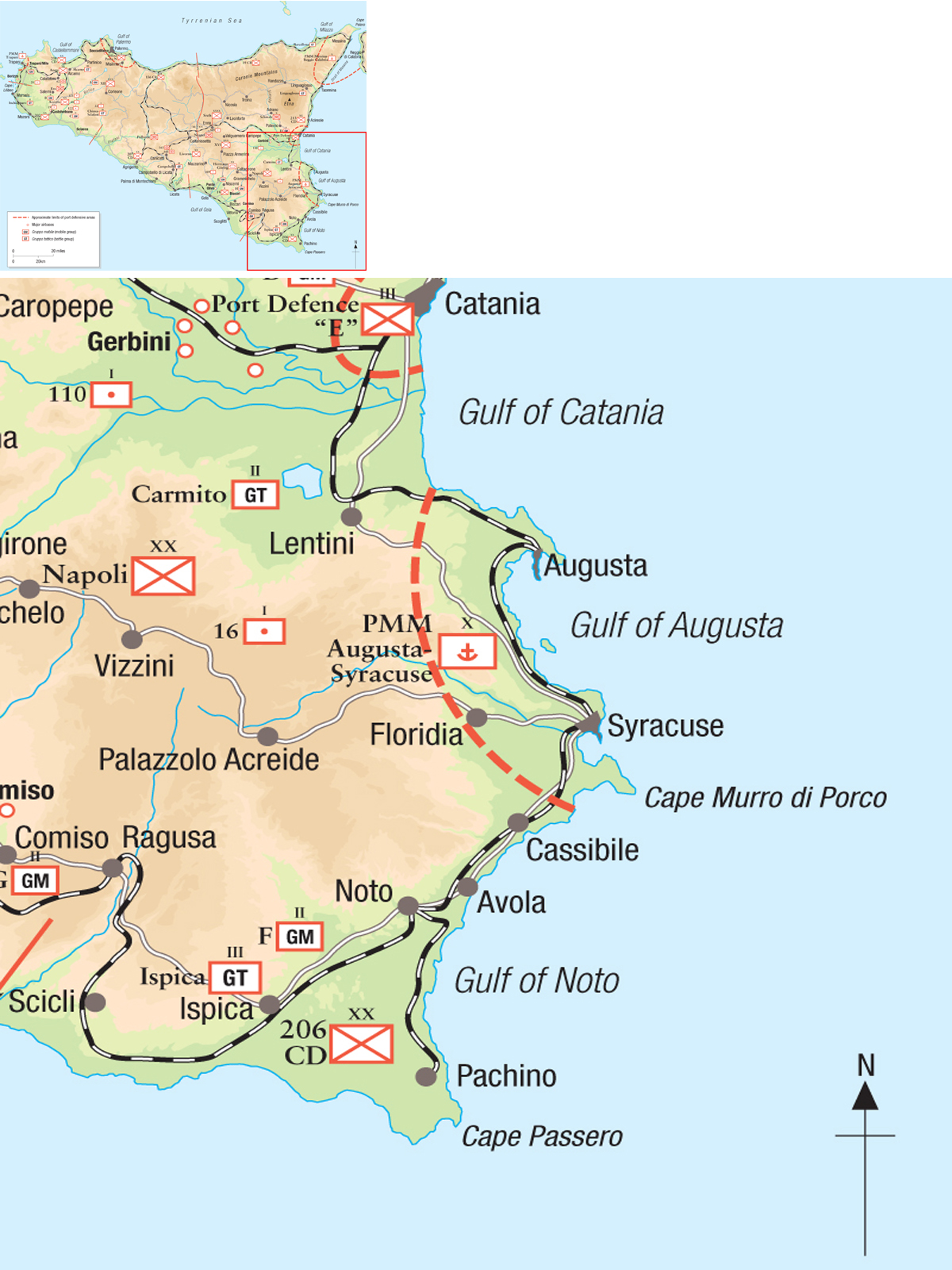CAMPAIGN 251
SICILY 1943
The debut of Allied joint operations
| STEVEN J ZALOGA | ILLUSTRATED BY HOWARD GERRARD |
Series editor Marcus Cowper
CONTENTS
INTRODUCTION
For Germany, the invasion of Sicily on July 10, 1943 marked the turning point of the war. The Wehrmacht was badly overextended on all fronts. This first Allied penetration into Fortress Europe threatened to force Italys withdrawal from the war. The loss of 40 Italian divisions on occupation duty in Greece, Yugoslavia and southern France would oblige the Wehrmacht to replace them with German troops. The impending collapse of Italy prompted Hitler to call off Operation Zitadelle, the German offensive against the Kursk salient, on July 13, 1943. Germany lost the strategic initiative in the war and would be on the defensive ever after. Operation Husky alone was not responsible for this climactic turn in the fortunes of war. It was merely the culmination of a series of disasters that halted German momentum in 1943.
In spite of its ultimate strategic success, Operation Husky was controversial. Much of the early planning for the operation was hasty and slapdash, and there have been enduring arguments that other targets, such as Sardinia, would have been more fruitful objectives. The Allied advance on Sicily was frustrated by a relatively small German force, raising the issue of whether other tactical approaches would have been preferable. Most embarrassing of all, the Germans and Italians managed to evacuate much of their strength across the Messina Straits in spite of Allied naval and aerial superiority. For all the faults of its execution, the Sicilian campaign showed the growing abilities of the Allies in conducting complicated combined operations, a vital tactical skill that would be essential the next summer in Normandy.

The military geography of Sicily is dominated by Mount Etna in eastern Sicily. This active volcano dominates the approaches to Messina, and this is a view of from the southwest in the area traversed by the British 13th Corps during the 1943 campaign. (US Navy)
THE STRATEGIC SITUATION
The first few months of 1943 were a disaster for Germany, but even more so for Italy. Stalingrad was a well-known German defeat, but it is often forgotten that Italys forces in Russia were dealt a severe blow. The Italian 8a Armata ARMIR (Armata Italiana in Russia) lost 85,000 troops, with 20,000 dead and 64,000 captured. Further amplifying this catastrophe was the defeat of the Axis in Tunisia, which struck Italy far more severely than Germany.
The Allied victory in Tunisia in May 1943 opened the possibility of taking the war directly to Italian shores. Churchill was convinced that in the wake of the defeat of the Italian army in North Africa, a successful operation on Italian soil would knock Italy out of the war. Romes defection from the Axis camp would impact on the Wehrmacht as well. Of Italys 85 divisions, about half were stationed in Russia or the Balkans. While they were not equivalent to the German divisions in combat power, their sudden disappearance would force the Wehrmacht to move forces from other sectors to maintain the occupation in Greece and Yugoslavia.
Allied planning for a summer campaign began prior to the Tunisian victory, with a variety of objectives under consideration. The most obvious choices were Sardinia or Sicily. Sardinia was the more attractive of the two options if the Allied strategic plans anticipated an eventual invasion of the Italian mainland. The capture of Sardinia would place Allied forces opposite central Italy, threatening Rome itself. Sardinia would also place the Allies in easy reach of Corsica, a stepping stone into southern France or Italys industrialized north. In spite of these attractions, Sardinia posed a significant tactical problem for the Allies since such an operation would have to be conducted beyond the range of Allied land-based fighters. The Axis had demonstrated considerable skill over the past two years of war in the Mediterranean in frustrating Allied naval operations using land-based aircraft and, without the counterweight of Allied fighters, this threat dampened the appeal of Sardinia as the objective in 1943. Sicily was the other obvious choice in the Mediterranean and its southern beaches were within range of airbases on Malta.
The decision to attack Sicily was made in January 1943 at the Casablanca conference. The American Joint Chiefs of Staff under Gen. George C. Marshall had made clear their preference for a cross-Channel attack into northern France in 1943. The British chiefs under Field Marshal Sir Alan Brooke contended that such an operation was premature until Allied forces were stronger. He forcefully argued that continued Allied operations in the Mediterranean were more feasible, would maintain the momentum in the region, and would force the Wehrmacht to divert additional divisions to this theater, thereby weakening defenses in northern France. Both sides agreed that some large operation would be needed to placate the Russians, who were bearing the brunt of the land war against Germany. In the end, Marshall agreed to continue operations in the Mediterranean in the summer of 1943 provided that they did not require the diversion of troops earmarked for the future cross-Channel operation. Since the US side would not commit to further operations in Italy after the summer 1943 landings, Sicily was the prudent choice, and a decision was reached on January 18, 1943. General Dwight Eisenhower was appointed to head the Allied Forces Headquarters (AFHQ) for the campaign.
ALLIED PREPARATIONS: OPERATION CORKSCREW
The Italian islands on the approaches to Sicily had been an aggravation to Allied operations in the Mediterranean through 1943. Mussolini had fortified the island of Pantelleria since the late 1930s as an Italian counterweight to the British garrison on nearby Malta. Italian propaganda trumpeted Pantelleria as the Italian Gibraltar. During the North African and Malta campaigns of 194043, the island had been a major airbase for German and Italian aircraft and its location midway between Tunisia and Sicily made it an ideal sentry to guard against the approach of an Allied invasion fleet heading to Sicily.
The Italian military garrison under Ammiraglio Gino Pavesi was 10,600 men, with a slightly larger civilian population. An assault on the island was opposed by the Allied army commander, Gen Harold Alexander, who pointed out that the island was ringed with rocky cliffs, with only a single plausible landing beach that was heavily defended. Nevertheless, Eisenhower wanted the island captured along with the smaller islands of the Pelagie group, including Lampedusa, as a prelude to any operation against Sicily. Radars on the island could track any Allied convoys heading to Sicily and the air and naval bases on the island continued to harass Allied convoys. Capture of the airfields on Pantelleria would also provide the Allies with extra airbase capacity closer to Sicily, and Malta was already overcrowded.




